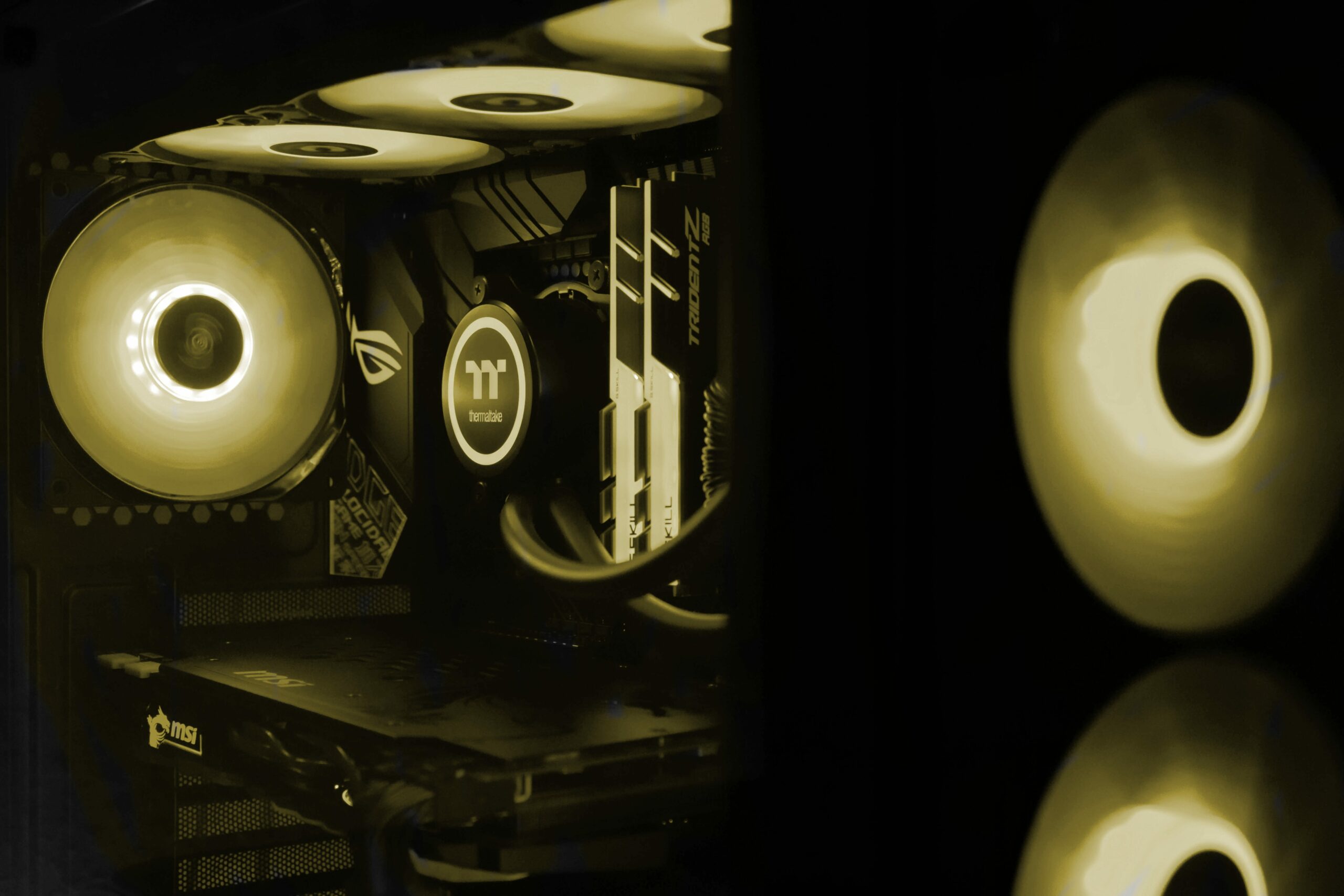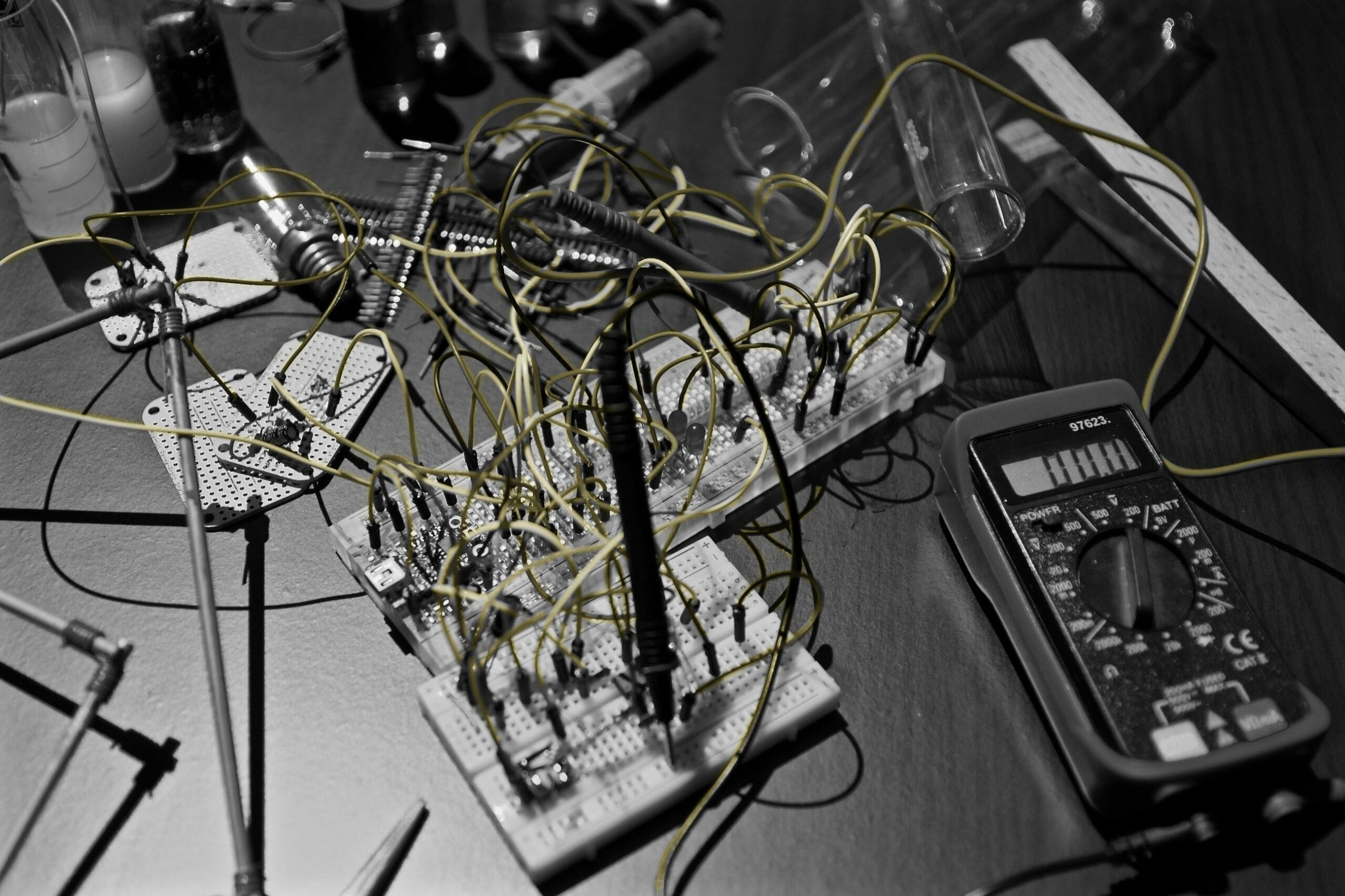With the release of TensorFlow 2.0 Alpha during the TensorFlow Developer Summit, we’d like to take a moment and look at how we can use it. One of the major updates in this version is the use of Keras as the high-level API and eager execution. If you’re familiar with Keras, you’ll find the code in this short tutorial to be very familiar. In this short tutorial, we’ll illustrate how you can use TensorFlow 2.0 to build a deep learning model.
Category: Articles
Will NVIDIA GPUs push AI on mobile devices to the next level?
ArticlesBack in September, NVIDIA announced that it was set to acquire the chip designer giant ARM for a whopping $40 billion. This is kind of a big deal taking into account that ARM architecture is virtually everywhere these days, from top smartphone manufacturers such as Samsung and Apple utilizing it, to gaming consoles, home appliances, and various IoT devices that make use of a system-on-a-chip (SOC) design model. The business deal, currently under the processes of regulatory approval, is set to make ARM a subsidiary of NVIDIA while retaining its operational strategies and licensing partnerships, such as with Qualcomm, Samsung, Apple, and others.
Continue reading Will NVIDIA GPUs push AI on mobile devices to the next level?
How Mac on ARM Will Power Future AI/ML Development
ArticlesIt’s widely speculated that Apple will at some point transition the Mac platform from Intel-based processors to the very same ARM-based systems that power the iPhone and iPad.
For some, this possibility is more than just speculation, but fact. And that the only real questions are simply when will Apple make the jump?
Continue reading How Mac on ARM Will Power Future AI/ML Development
Working with Geospatial Data in Machine Learning
ArticlesIn data science competitions and machine learning projects, we often may encounter geospatial features that are (most of the time) represented as longitude and latitude.
These kinds of features will influence your predictive model’s results by a large margin if they aren’t well represented; therefore, these features are seldom considered, and they’re often eliminated from the feature’s set.
Continue reading Working with Geospatial Data in Machine Learning
Why You Should Optimize Your Web App Testing with NLP
ArticlesIn the highly-competitive modern marketplace of web applications, it’s hard to get to the top and even harder to stay there. This is especially true if you’re just entering the market. Hundreds of web apps are released every day, and their inventors strive to grab the attention of new users and potential customers, trying to outshine the others.
Continue reading Why You Should Optimize Your Web App Testing with NLP
Writing a simple Waypoint System in Augmented Reality on iOS
ArticlesOne of my most frequently requested tutorials has been to have augmented reality objects interact with users in the physical world. Many have asked me for a tutorial on having AR objects follow them around.
So in the spirit of those requests, what we’re going to do today is write a simple waypoint system. Here’s basically how it’ll work: upon firing up the app, we’ll begin tracking positions, and as we move around, we’ll add waypoints that any object we add to the scene will follow.
Continue reading Writing a simple Waypoint System in Augmented Reality on iOS
5G, iPhone 12, and HomePod at a Glance
ArticlesApple’s “live-streamed” event from Apple Park brought improvements to two of their product lines: the iPhone and the HomePod. The most significant improvements were in the iPhone lineup, the most important of which was 5G capabilities and significantly more advanced cameras on the iPhone 12 Pro line. This article will give you a quick rundown of the releases in this year’s Apple event, so you don’t need to watch the full Keynote.
2D Texture Animations in Facebook’s Spark AR Studio
ArticlesIn Facebook’s Spark AR Studio we can use 2D textures to create animations.
We can either:
Note: While importing a GIF we must ensure that it doesn’t contain any real or realistic images of people whether real or fictional or the effect won’t be accepted for publishing.
So which textures can we import? We can import:
Continue reading 2D Texture Animations in Facebook’s Spark AR Studio
8-Bit Quantization and TensorFlow Lite: Speeding up mobile inference with low precision
ArticlesFrancois Chollet puts it concisely:
For many deep learning problems, we’re finally getting to the “make it efficient” stage. We’d been stuck in the first two stages for many decades, where speed and efficiency weren’t nearly as important as getting things to work in the first place. So the question of how precise our calculations need to be — and whether we can manage with lower precision — wasn’t often asked.
4 Applications of Artificial Intelligence in the Food Industry
ArticlesThe food processing industry is benefitting greatly from the latest advancements in artificial intelligence, which is doing everything from helping to sort foods, maintaining top-notch health and safety compliances, developing new products, and bolstering the supply chain. The technology is essentially helping to streamline work processes, making the work of employees easier and making operations more efficient.
Continue reading 4 Applications of Artificial Intelligence in the Food Industry









